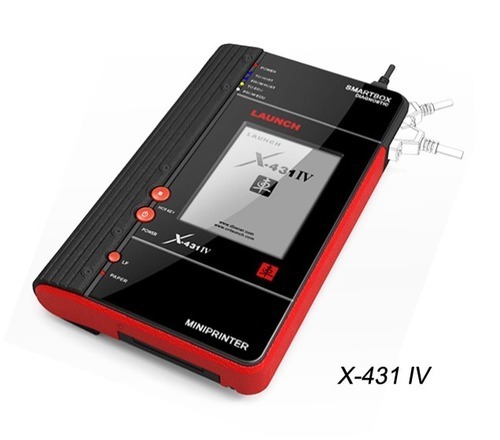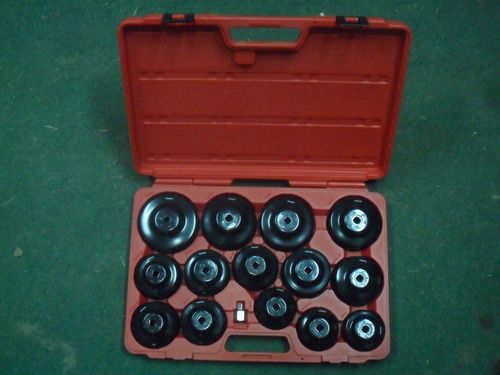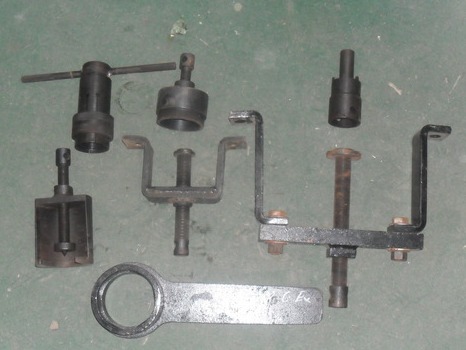Engine Scanner
Engine Scanner Specification
- Product Type
- Engine Scanner
- Lift Design
- Four Post Lift
- Lifting Height
- 254 - 1270 Millimeter (mm)
- Width
- 5-10 Millimeter (mm)
- Working Voltage
- 110-440 Volt
- Usage
- Industrial
Engine Scanner Trade Information
- Minimum Order Quantity
- 1 Piece
- Payment Terms
- Telegraphic Transfer (T/T), Cheque
- Supply Ability
- 1 Piece Per Day
- Delivery Time
- 1 Week
- Main Domestic Market
- All India
About Engine Scanner


Price:
- 50
- 100
- 200
- 250
- 500
- 1000+
More Products in Garage Tools Category
Filter Wrenche Set
Minimum Order Quantity : 1 Set
Lift Design : Four Post Lift
Working Voltage : 110440 Volt
Lifting Height : 254 1270 Millimeter (mm)
Width : 510 Millimeter (mm)
Pullers for Hcv's
Minimum Order Quantity : 1 Piece
Lift Design : Four Post Lift
Working Voltage : 110440 Volt
Lifting Height : 254 1270 Millimeter (mm)
Width : 510 Millimeter (mm)
Garage Measuring & Testing Tools
Minimum Order Quantity : 1 Set
Lift Design : Four Post Lift
Working Voltage : 110440 Volt
Lifting Height : 254 1270 Millimeter (mm)
Product Type : Garage Measuring & Testing Tools, Other
Width : 510 Millimeter (mm)
Pullers For Hcvs
Minimum Order Quantity : 1 Piece
Lift Design : Four Post Lift
Working Voltage : 110440 Volt
Lifting Height : 254 1270 Millimeter (mm)
Product Type : Pullers For Hcvs, Other
Width : 510 Millimeter (mm)
 |
SAHNEY TOOLS
All Rights Reserved.(Terms of Use) Developed and Managed by Infocom Network Private Limited. |

 Send Inquiry
Send Inquiry Send Inquiry
Send Inquiry




